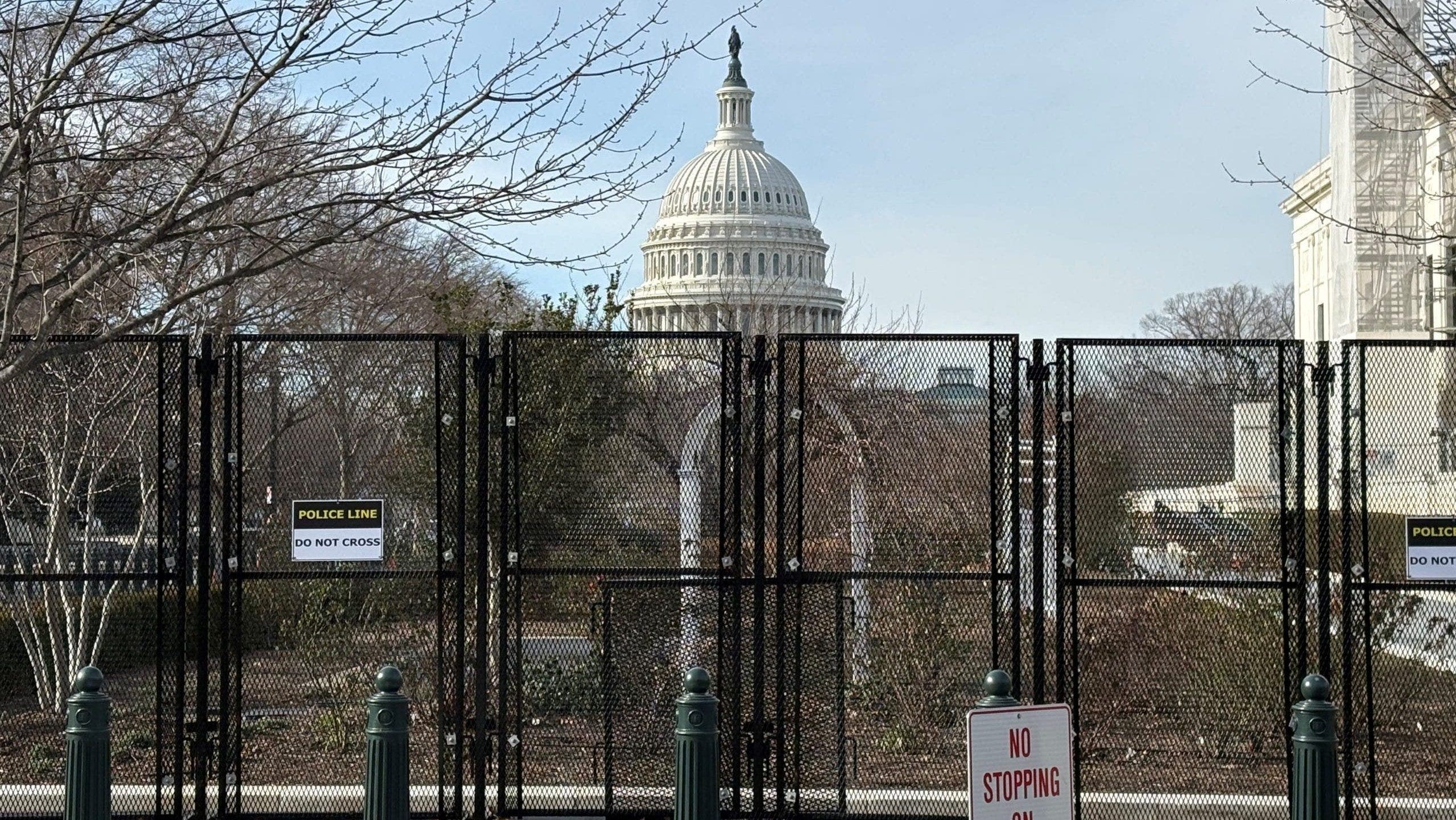A big solar storm could fry the internet, but at least space weather forecasts would give us a day or two to prepare. Or maybe not, because physicists have just discovered a new kind of solar storm that strikes without notice
Space
18 May 2022

Shutterstock/Color4260
TROUBLE brewed on 30 January 2022, although no one knew how bad it was going to be. If they had, SpaceX wouldn’t have launched 49 Starlink satellites into low Earth orbit a few days later.
It began as a giant cloud of magnetised gas, called a coronal mass ejection, hurled in our direction from the sun. That wasn’t a big concern. Sure, solar storms can heat Earth’s atmosphere, causing it to expand and drag on low-flying satellites, but all measurements suggested only mild consequences. Power grids and satellites might glitch a little and skywatchers at high latitudes might notice aurorae, but nothing serious.
Soon after the Starlink satellites launched from Florida’s Kennedy Space Center, however, it was clear something was up. When they reached Earth’s upper atmosphere, the satellites experienced much more drag than expected for the storm’s magnitude. In the end, nothing could be done. Controllers watched as 40 of the satellites were dragged down, burning up in the atmosphere in a demonstration of the sun’s capricious power.
Down here on Earth, we enjoy the benefits of energy and light from the sun. We couldn’t live without it. But we are also exposed to a constant barrage of solar wind, charged particles coming from our star. Most of the time, these only make themselves known in colourful displays of aurorae.
Every so often, however, the sun spits out a lot more material, endangering satellites and infrastructure on Earth. Usually, these come with the warning of a solar flare a day or two before they reach us. But recent research suggests some storms could appear with no warning at all. …


























































